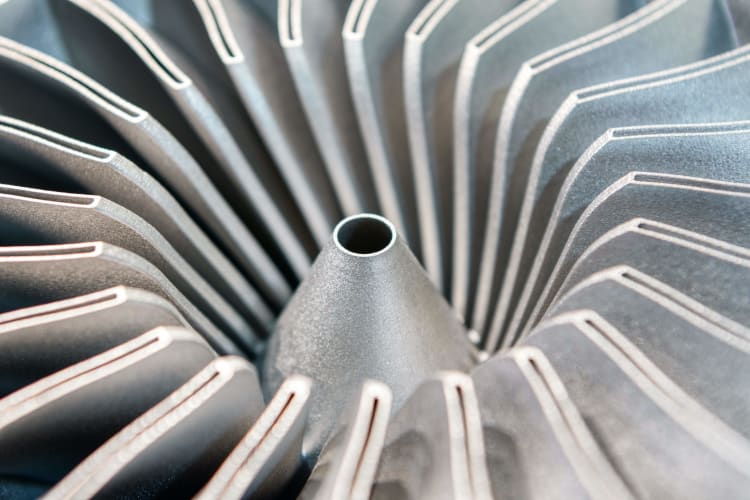How the sector is responding to the metrology and validation conundrum was highly visible at the recent (and largest) AM-related event on the calendar, Formnext in Frankfurt, Germany. At various learning events on-site, metrology issues featured prominently, acknowledging the fact that measurement and validation of AM parts is a big deal today. In addition, AM technology providers are now developing in-process metrology (IPM) solutions to overcome the specialized challenges of verifying the integrity of AM processes.
AM technologies and metrology techniques have also captured the attention of professional societies that organize conferences and symposia worldwide. These include the American Society of Precision Engineering (ASPE), the International Society of Optics and Photonics (SPIE), and the International Academy for Production Engineering (CIRP). ZYGO participates in these events actively as an industry supporter, exhibitor, and presenter of scientific and engineering papers on the latest developments.
Research in AM metrology
In the search for relevant metrology critical to process control, industry is still trying to understand what to look for on and under the surface of an AM produced part, and how these relate to part functionality. Surfaces of AM parts challenge existing surface topography measurement and defy characterization using standardized texture parameters because of high surface slopes, voids, weld marks, and undercut features.
Research into new and improved metrology for AM is advancing through a wide range of industry and academic partnerships, many in cooperation with ZYGO. An example is work at the University of Nottingham, where the Manufacturing Metrology Team (MMT) led by Prof. Richard Leach is investigating the full range of solutions, from high-precision interference microscopy to X-ray tomography of the internal structure of completed parts.
In just the past four years, the MMT has published 43 research papers on AM, ranging from methods to optimize measurements on specific instruments to new feature-based analysis and machine learning to interpret results. Of particular interest is IPM for evaluating the quality during manufacture, following each additive line and layer in real time. This information can be used to inform control strategies and later in-process metrology developments. An important part of IPM development is correlating to reference metrology, including benchtop surface metrology instruments.

Another example of leading-edge research is at the University of North Carolina at Charlotte, where Prof. Christopher Evans and co-workers have been using interferometry and electron microscopy to study AM materials in collaboration with the US National Institute of Standards and Technology (NIST), and Carl Zeiss GmbH at Oak Ridge National Laboratory (ORNL). These researchers have been studying Inconel 625 - a high temperature Ni superalloy for AM, that exhibits an intriguing variety of surface signatures. These surfaces have areas rich in oxide films that are visible in true-colour, 3D surface topography maps obtained with ZYGO’s interference microscopes. These instruments also serve as excellent workhorses for examining large areas with high detail, such as distorted weld pools, by assembling or ‘stitching’ together multiple high-lateral resolution images each with millions of data points.
While the challenges of quality control of AM parts are a great concern for those who make these parts, these same challenges present an attractive opportunity for new solutions and spinoff businesses. Founded in 2018 in the UK, Taraz Metrology is an example of a spinoff enterprise which combines university research, practical engineering, and commercial experience into a unique product development capability customized to the needs of AM. Taraz currently offers freestanding final inspection solutions for all types of AM parts and leverages proprietary software for advanced fringe projection and photogrammetry of topography.



